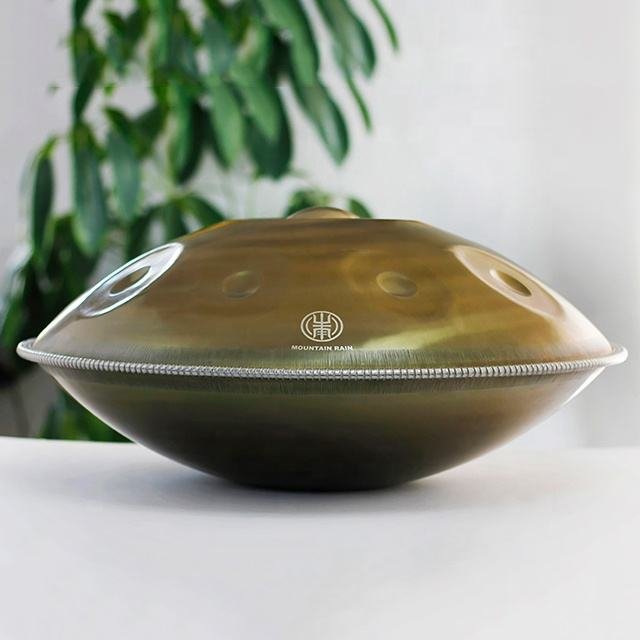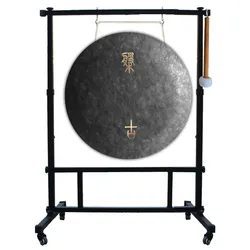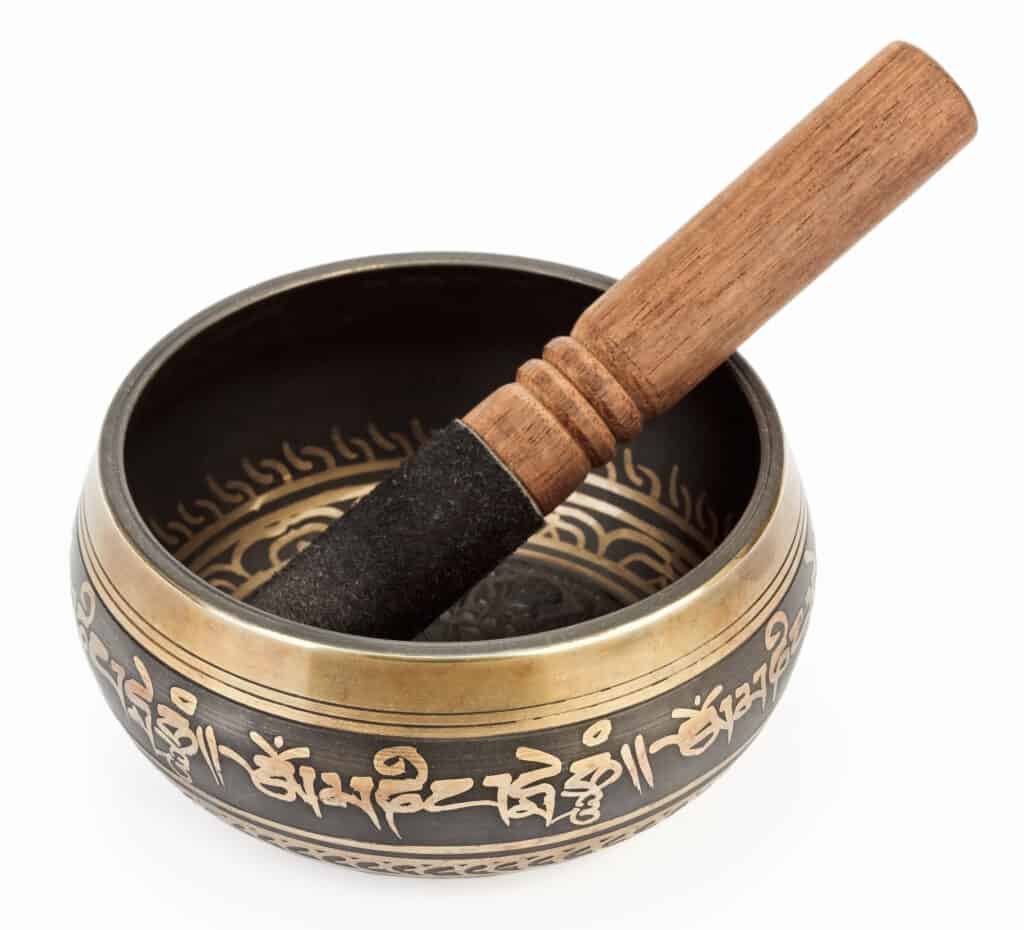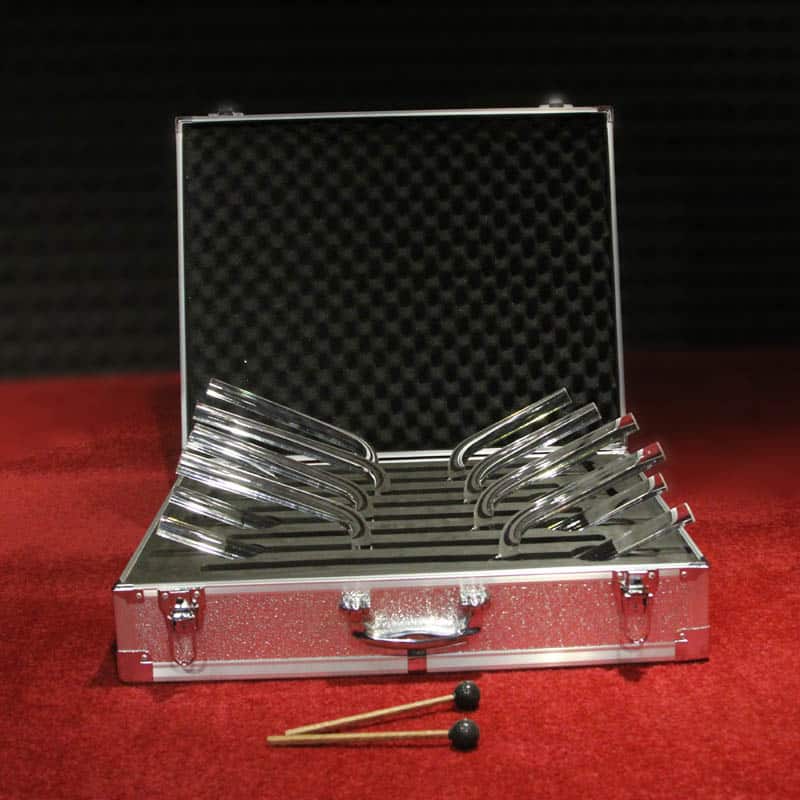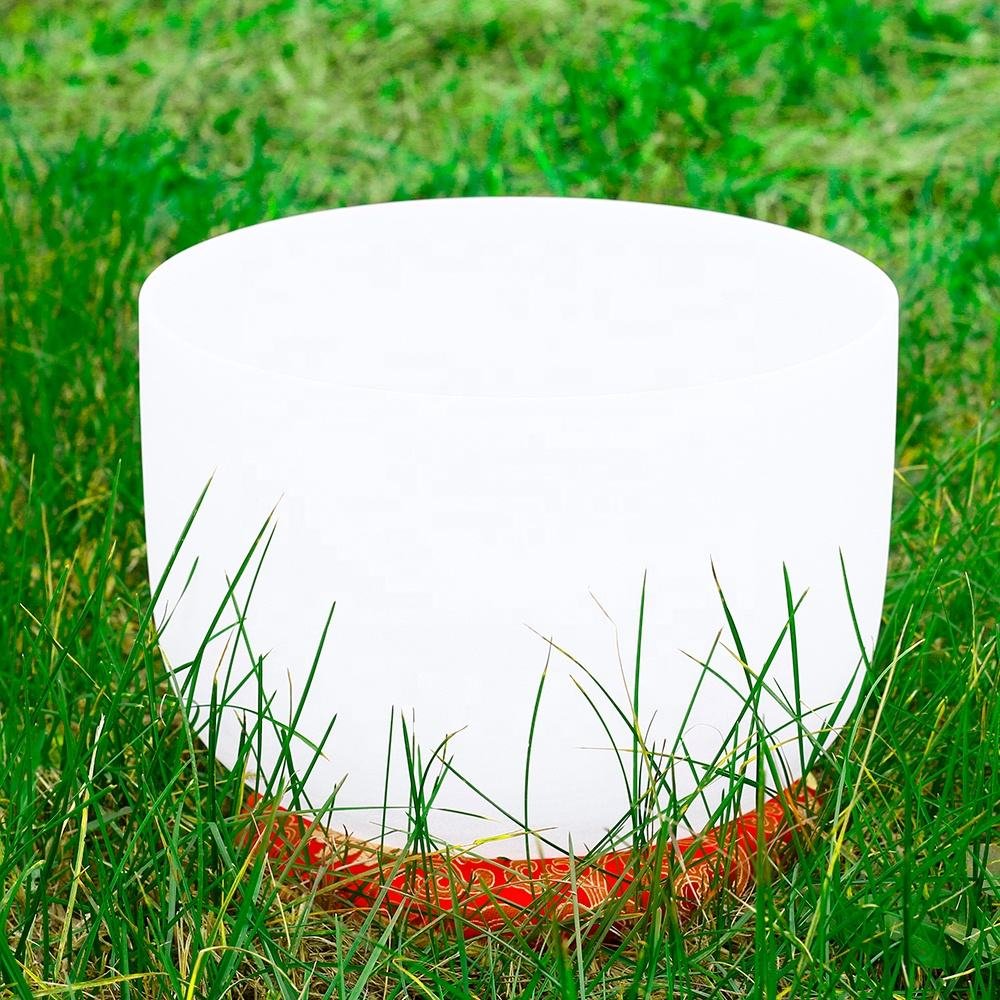Welcome to my blog! Here, I’ll be sharing my tips and tricks for tuning a steel tongue drum. This instrument is truly unique, and with a little bit of care and patience, you can create some truly beautiful music with it. I hope you enjoy reading, and please feel free to leave any questions or comments below. Thanks for stopping by!
Steel tongue drums- what are they and how do they work?
Steel tongue drums are a type of percussion instrument that consists of a steel barrel with tuned tongues (or blades) that produce sound when struck. The barrel is usually played with two mallets, and the tongues produce a range of tones that can be used to create melodies or rhythms.
Steel tongue drums are made in a variety of sizes and with different numbers of tongues, which allows for different tuning options. The size and number of tongues also affect the volume and timbre of the instrument.
Steel tongue drums are becoming increasingly popular as musical instruments, due to their unique sound and ease of use. They are also relatively portable, making them ideal for taking to gigs or rehearsals.
If you’re interested in purchasing a steel tongue drum, or if you already have one and want to learn how to tune it, read on for more information!
The benefits of steel tongue drums

Tongue drums are traditionally made from hollowed-out logs, which are then tuned to specific pitches by carving notches into the wood. This method of construction gives tongue drums a very natural and organic sound. Steel tongue drums, on the other hand, are made from, well, steel! These drums are precision-made in factories, and their construction allows for a much wider range of sounds and tones.
One of the benefits of steel tongue drums is that they can be tuned to a wider range of pitches than their wooden counterparts. This means that you can create a wider variety of sounds and melodies with a steel tongue drum. Another benefit of steel tongue drums is that they tend to have a longer lifespan than wooden tongue drums. This is because steel is a much more durable material than wood, so it’s less likely to crack or break over time.
How to choose the right steel tongue drum for you
When you’re ready to buy a steel tongue drum, the first thing you need to do is choose the right size. The size of the drum will determine the range of notes it can play. Smaller drums have a higher pitch, while larger drums have a lower pitch. You should also consider the weight of the drum. Heavier drums produce a fuller sound, while lighter drums are more mellow.
The next thing to think about is the material the drum is made from. Steel tongue drums are usually made from stainless steel, carbon steel or aluminum. Each material has its own unique sound. Stainless steel drums have a bright, crisp sound, while carbon steel drums have a warm, resonant sound. Aluminum drums are somewhere in between, with a softer sound than stainless steel but not as warm as carbon steel.
Once you’ve decided on the size and material of your steel tongue drum, you need to choose the right model for your playing style. There are three main types of steel tongue drums: handpans, hang drain and tank drain. Handpans are played with your hands, while hang drums and tank drums are played with mallets. Hang drums and tank drums come in different sizes and shapes, so you can find one that’s comfortable for you to play.
Now that you know how to choose the right steel tongue drum for you, it’s time to start shopping! Check out our selection of handpans, hang Drums and tank Drums to find the perfect one for your playing style
How to tune a steel tongue drum- the basics

Steel tongue drums are unique percussion instruments that can produce a variety of sounds, from gentle and soothing to loud and powerful. They are perfect for a wide range of genres, from relaxation and meditation to drum circles and performances.
Tuning a steel tongue drum is not difficult, but it does require some patience and practice. The following is a basic guide on how to tune a steel tongue drum.
- Choose the note you want to tune to. This will be your starting point.
- Play the note on your steel tongue drum. Listen carefully to the sound it makes.
- Find the tuning wrench that came with your steel tongue drum.
- Adjust the tension of the top or bottom bolt until you hear the desired note.
- Repeat steps 2-4 until all the notes on your steel tongue drum are in tune with each other.
How to get the most out of your steel tongue drum
Tuning your steel tongue drum is simple and easy. Follow these steps to get the most out of your drum.
- First, find the center of the drum by lightly pressing down on the surface in several places. The place where the sound is lowest in the center.
- Place your hands around the circumference of the drum, about an inch or two from the edge.
- Gently press down on the drum with your fingers, starting at the outside and working your way in towards the center, until you hear a clear note.
- To tune the note, simply press down harder or lighter on the drum until you find the desired pitch.
Steel tongue drum care and maintenance
Steel tongue drums are musical instruments that are becoming increasingly popular. They are often used in therapeutic and relaxing settings, and many people enjoy playing them for their beautiful sound. Although they are fairly easy to take care of, there are still some things you should know in order to keep your steel tongue drum in good condition.
Here are some tips on how to care for your steel tongue drum:
-Wipe down your steel tongue drum after each use with a soft, dry cloth.
-If your steel tongue drum becomes wet, dry it immediately with a soft, dry cloth.
-Do not store your steel tongue drum in humid or wet conditions.
-Avoid extreme changes in temperature when storing your steel tongue drum.
-If you plan on not playing your steel tongue drum for an extended period of time, store it in a cool, dry place.
Troubleshooting steel tongue drums
If your steel tongue drum isn’t sounding quite right, there are a few things you can try to tune it. First, check that all of the tongues are the same length. If they’re not, you can gently bend them until they are. You can also try tapping on the side of the drum to see if there is any resonance. If there isn’t, try loosening or tightening the lugs until you find a sweet spot.
If your drum still isn’t sounding right, it could be that the membrane is too tight or too loose. Try adjusting it until you find a sound you like. Finally, if all else fails, you may need to replace the membrane.
Where to find steel tongue drums
There are many places to find steel tongue drums. You can often find them at music stores, online retailers, or even through custom orders. If you’re not sure where to start looking, a quick internet search should help you find a few different options to choose from. Once you’ve found a few potential sources, it’s important to compare prices and reviews to ensure that you’re getting a quality product.


